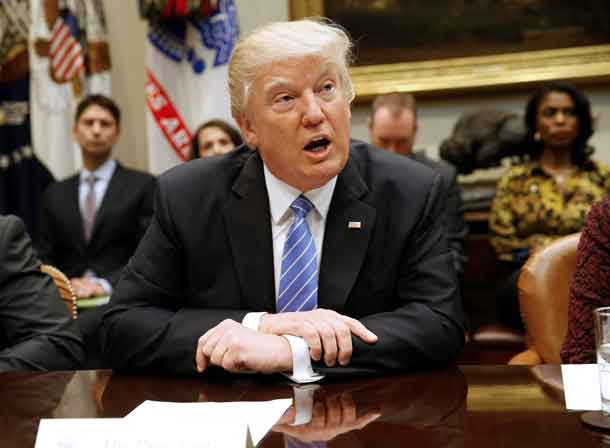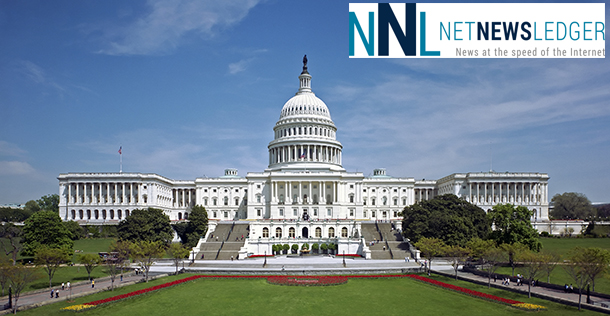
NEW YORK – The USA is around six months into life under President Trump and its economy has experienced plenty of volatility over that time. Some of it was expected, given the change in President, while other areas have come as more of a surprise. All of the factors which have had,and continue to have,an impact upon the US economy are affecting business strategy in various ways. If you run a business in or that deals with partners, clients or customers in the US, then paying close attention to such economic factors is important.
GDP Growth
GDP is arguably the best indicator of the US economy’s overall health and a good measure for businesses to change their strategies depending on future predictions and the current state of it. President Trump and his budget claims that GDP growth will double, with him even saying it could reach 4 or 5% in the next few years.
However, current figures do not support such optimism. In 2016 the US economy grew by 1.6%, which was its worst performance since 2011. What’s more, under Trump things haven’t improved. The Commerce Department’s final estimate for GDP growth for the first quarter is just 1.4%. Plus, it is 11 years since the US economy last exceeded 3% growth in a year, so the chance of repeating that look awfully slim.
Jobs
One positive factor that could have a good impact upon the US economy and therefore business strategy, is the jobs market. President Trump is happy to highlight employment levels (along with low oil prices and inflation) while speaking less about GDP, though it’s little surprise given the recent strong results it has achieved.
In June,non-farm payrolls rose by 220,000, higher than the 179,000 predicted. This followed a trend for a growing jobs market, as April and May figures had also beaten expectations. When this occurred earlier in February, research director Kathleen Brooks of Forex.com said: “We don’t think that today’s non-farm payrolls report, on its own, will be a game changer for the Fed, and the market is still pricing in the prospect of another rate hike from the Fed by mid-year; after all wage growth at 2.5% is still above the Fed’s target inflation rate. However, we will be watching the development of wages, which are a key metric for the Federal Reserve going forward.”
A similar stance can be maintained with these latest figures. It wasn’t all positive though, as the unemployment rate rose from 4.3% to 4.4% and earnings grew by just 2.5%, which was lower than expectations.
Bank Lending and Consumer Spending
Another key area to check for signs of economic growth and a positive outlook for any business strategy is bank lending. While commercial and industrial loans are being made at a positive level in the USA, the year-over-year growth rate is dropping. It can be something of a Catch 22 though, as an economy that isn’t growing will be reflected in low lending levels and vice versa. Consumer spending is another good indicator of an economy, but with a lot of uncertainty it has been much lower in the USA since the election.
These economic factors provide a good overview of the USA’s current state and how businesses should be adapting their strategies to take on all the challenges and opportunities it may present successfully.







